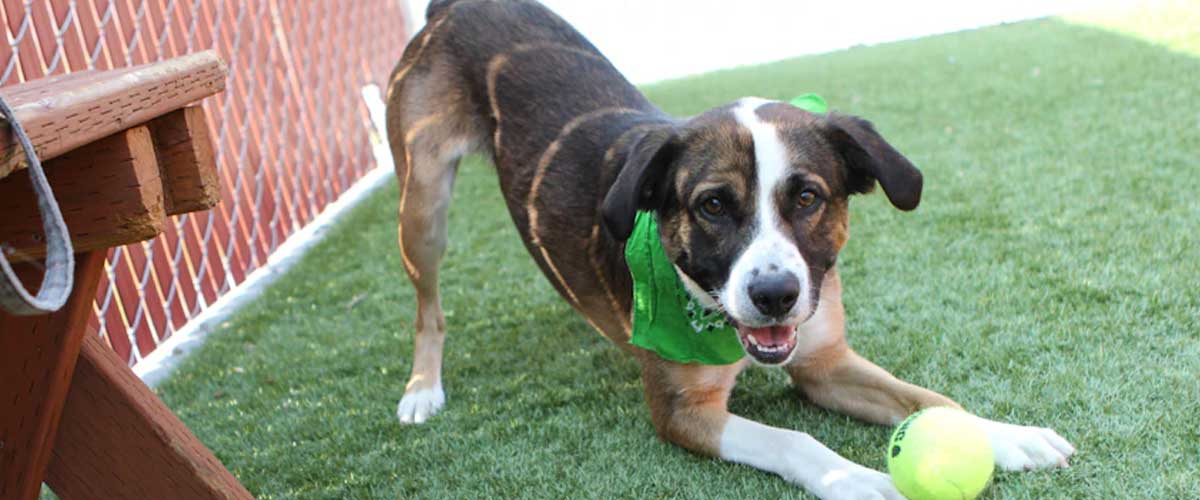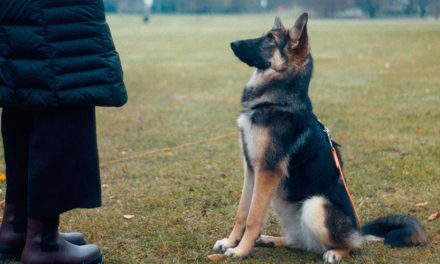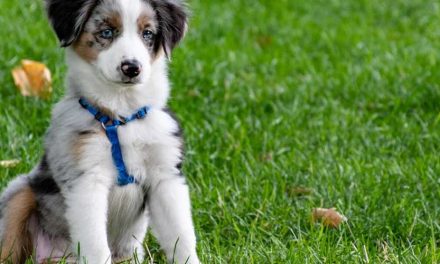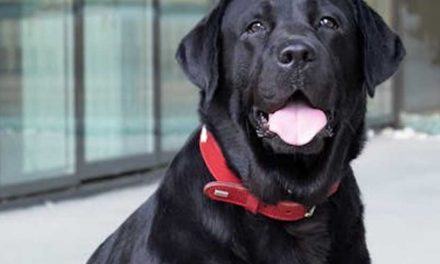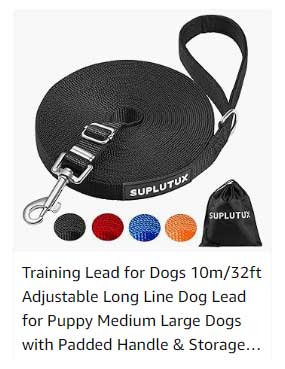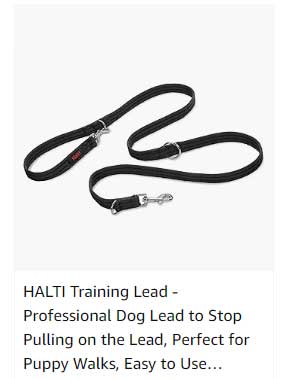Teaching your dog to take a bow is a fun and impressive trick that can be a great addition to their skillset.
Here’s a step-by-step guide to help you train your pup to master this adorable gesture.
What You’ll Need
- Treats (small and soft)
- A clicker (if you use clicker training)
- A leash (optional, for control)
- Patience and positive reinforcement
Step 1: Set the Scene
Choose a quiet environment with minimal distractions.
Have your treats ready and get your dog’s attention.
Step 2: Luring the Position
1. Start with a Stand:
Begin with your dog standing. You can help them with a leash if necessary.
2. Use a Treat:
Hold a treat in your hand, allowing your dog to see and smell it.
3. Lower the Treat:
Slowly lower the treat toward the ground in front of your dog, between their front paws.
Aim to have the treat go down and slightly forward, encouraging your dog to lower their front legs.
Step 3: Encourage the Bow
1. Bowl Down Motion:
As your dog reaches for the treat, they may naturally lower their front end while keeping their hind end up—this is the bow position.
2. Mark the Behavior:
As soon as your dog is in the bow position, use your clicker or say “Yes!” and immediately give them the treat.
If they don’t bow naturally, you can gently guide their front end down with the treat.
3. Repeat:
Practice this several times in short sessions (5-10 minutes) to keep your dog engaged without losing interest.
Step 4: Add a Cue
1. Verbal Cue:
Once your dog is consistently moving into the bow position for the treat, start saying the cue ‘Bow’ just as they are going into the position.
2. Non-verbal Cue:
You can also incorporate a hand gesture at the same time, like a downward wave.
3. Practice Without Treats:
Gradually reduce the treats, using them only intermittently so your dog learns that the cue itself is what leads to the reward.
Step 5: Generalization and Practice
1. Different Locations:
Practice in various locations to ensure your dog can take a bow in different environments.
2. Adding Distractions:
Once they are comfortable, try adding mild distractions to test their focus.
3. Reinforcement:
Always praise and reward to reinforce the behavior, especially when they perform well in challenging situations.
Step 6: Patience and Consistency
Be Patient:
Each dog learns at their own pace, so remain patient and keep sessions short and enjoyable.
Daily Practice:
Regular short training sessions are more effective than infrequent long ones.
Troubleshooting
If They Don’t Understand:
Go back a step and ensure your dog is comfortable with the luring technique.
Use a more enticing treat if necessary.
Over-Excitement:
If your dog gets too excited and jumps around, consider practicing in a calmer environment or using a leash to control their movements.
Conclusion
With consistent practice and positive reinforcement, your dog will soon be taking bows like a pro!
Remember to celebrate their achievements, no matter how small, and keep training enjoyable for both of you.
Happy training!

